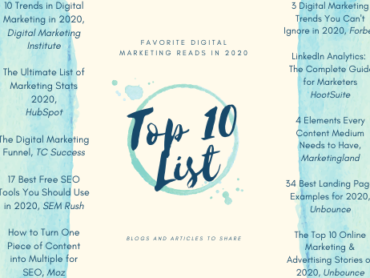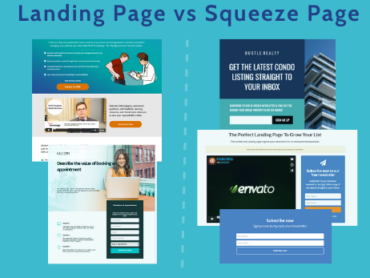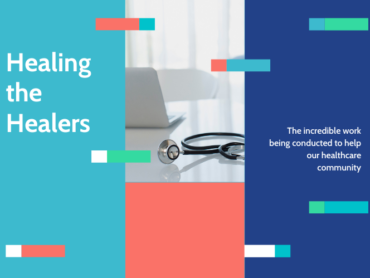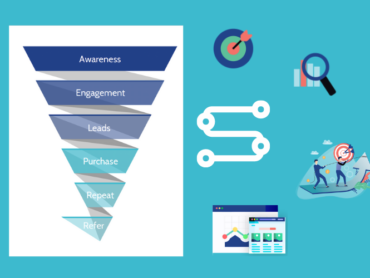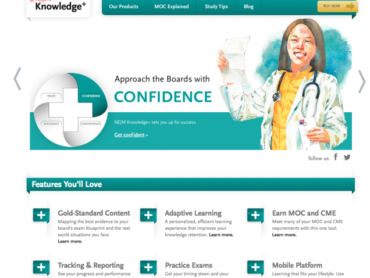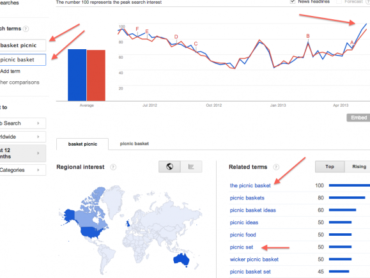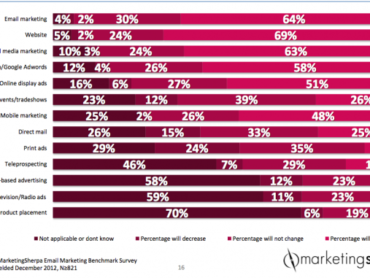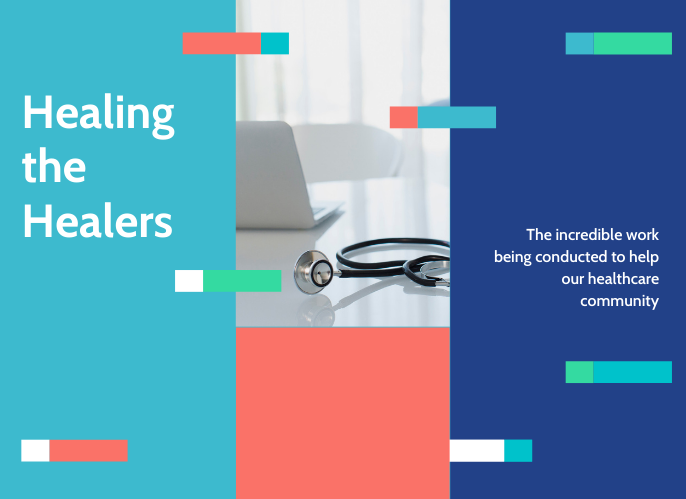
Healing the Healers
Awareness of Physician Burnout and Other External Factors for Healthcare Marketers
The COVID-19 pandemic is known to have impacted more than physical health. In a late-June 2020 report by the CDC, 40% of adults in the U.S. reported struggling with mental health or substance abuse during the crisis. Among them, U.S. physicians working on the frontlines of the pandemic who are experiencing more than their share of loss and tragedy, while immersed in unprecedented conditions. The pandemic has put additional strain on an already overburdened healthcare provider population. Not surprisingly, we’ve learned 400 physicians will die by suicide before the end of this year. While this number may be astonishing, it is also reversible.
To that end, an incredible partnership has formed between Sermo and Disappearing Doctors, a coalition of advocates for physicians’ mental health founded in New York. These two companies are offering physicians an anonymous place to share stressors, manage mental wellness, and report their progress while receiving access to resources they themselves may be in need of during the pandemic. The partnership offers an open and honest setting for physicians to take care of themselves and address their own wellbeing so they may continue to provide the best patient care possible.
New Tools Emerging to Manage Physician Wellness
Physician burnout has long been a severe problem. Doctors are often intelligent, competent and ambitious, helpers. The traits that make them the achievers they are – also put them at greater risk of burnout. However, pre-pandemic, there had been some signs of improvement in recent surveys conducted by Medscape and AMA. These could be the first rays of hope that the increased attention to the problem of burnout among physicians and all levels of healthcare and their subsequent search for solutions provide cause for optimism.
For example, the Mayo Clinic has created the Physician Well-Being Index. This tool, designed to measure six dimensions of physician distress, is also completely anonymous. A common theme we encountered in our research was the stigma barrier physicians are up against when reporting their distress levels. With wellness tools and coping strategies offered through unique and customizable profiles, physicians are assured their answers are being kept private while action is being taken to address their needs. The Well-Being Index was designed by physicians and is currently being used by more than 600 medical organizations worldwide for reporting, expanding access to resources, and tracking for future growth and development.
We’ve all known about the high stakes and emotional demands surrounding these jobs for decades, and much has been done to help identify, intervene, and ameliorate the issues. This article on physician burnout by the U.S. Agency for Healthcare Research and Quality (AHRQ) summarizes research and models causes and interventions. One tool that is being applied widely is the a “burnout barometer” developed by Mark Linzer, M.D., FACP, of Hennepin County Medical Center in Minneapolis, MN. Linzer, an expert in the field created the MiniZ Burnout Survey which allows practices to conduct a quick temperature check of the key causes for burnout within the healthcare community, including EHR entry, work/home balance, and finding adequate time to meet with patients among others. Results from government-funded grants and other sources are leading to interventions that directly assess physician’s concerns and perceptions and improve their overall wellbeing.
In addition to these tools, all levels of administrative, governmental, and societal approaches must continue to be used to reverse this crisis so that our healers can be on the frontlines of wellness, not burnout. The silver linings through this uncertain time include these and other technological advances that improve their collective wellness. These tools are invaluable resources that very well may save a life. While we are living through a pandemic, we are keenly aware of and focused on the positive strides happening every day within the healthcare community.
Conclusion
For healthcare marketers, it is essential to be aware of and sensitive to the environmental factors that affect our audience. Knowing these statistics and challenges makes us more effective as professionals. TC Success is available to assist you with healthcare marketing and to navigate this sensitive terrain.
On a personal level, you may also be aware of someone who is on the frontline of patient care who could use these resources. We need to take care of those who take care of us.



